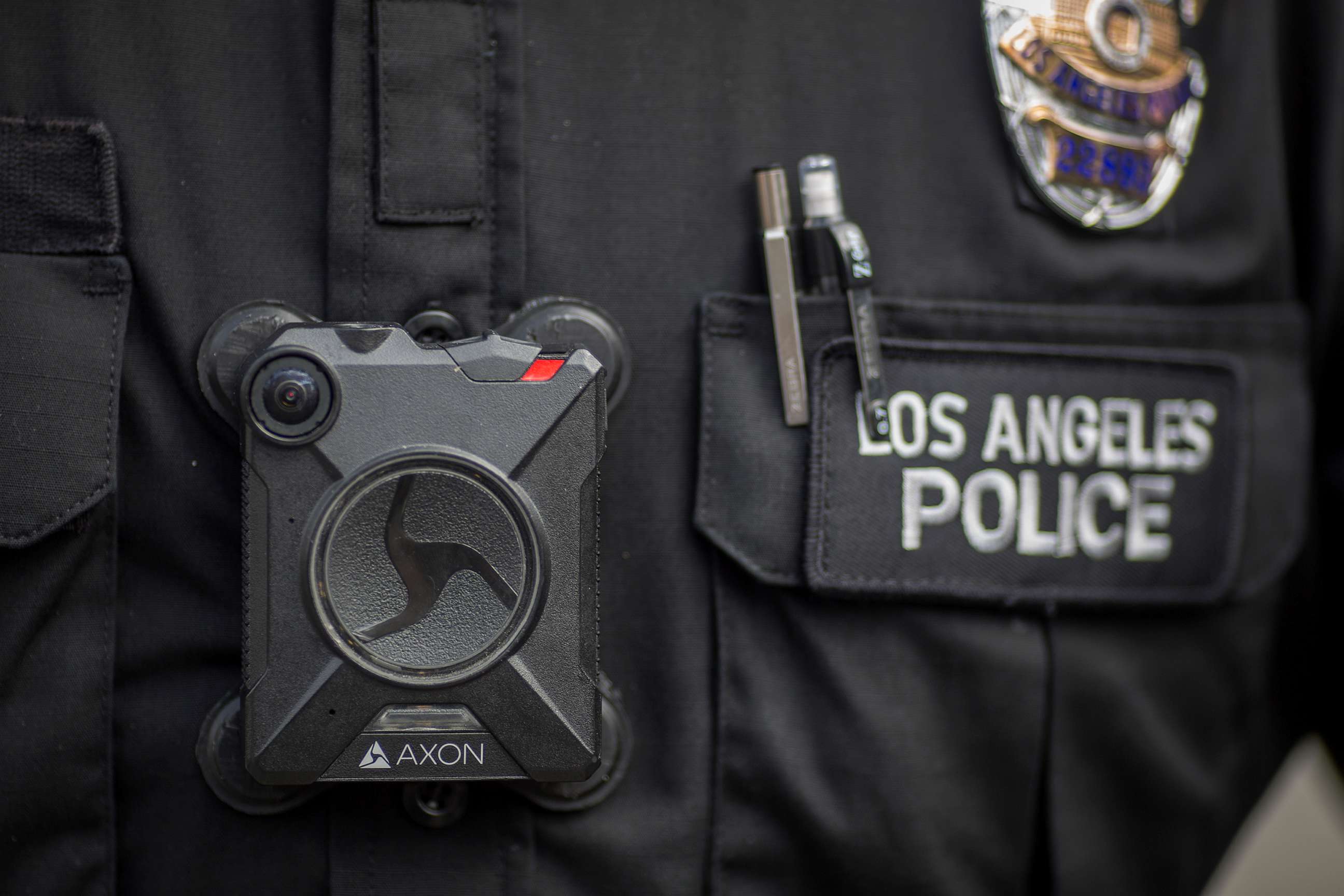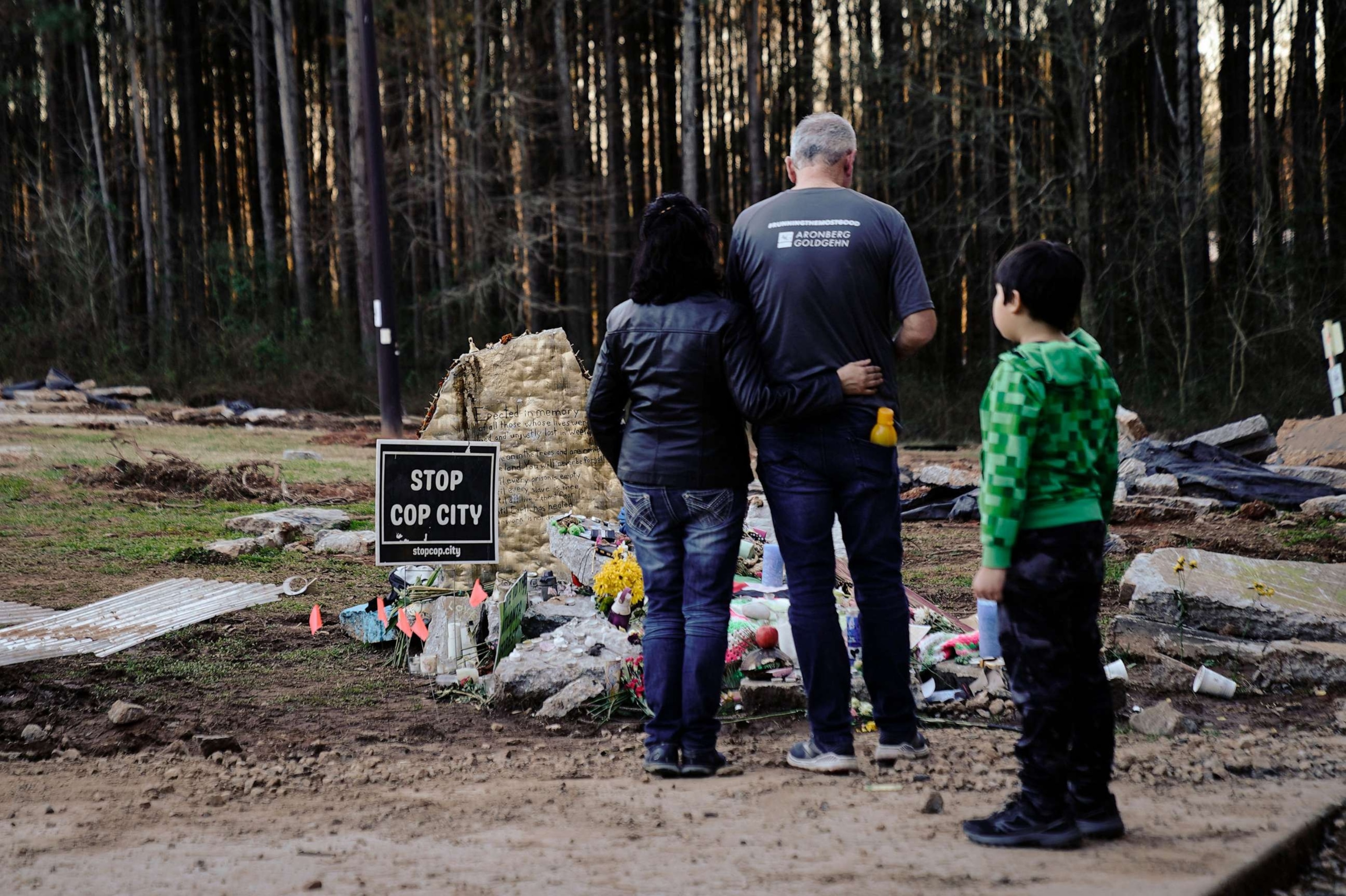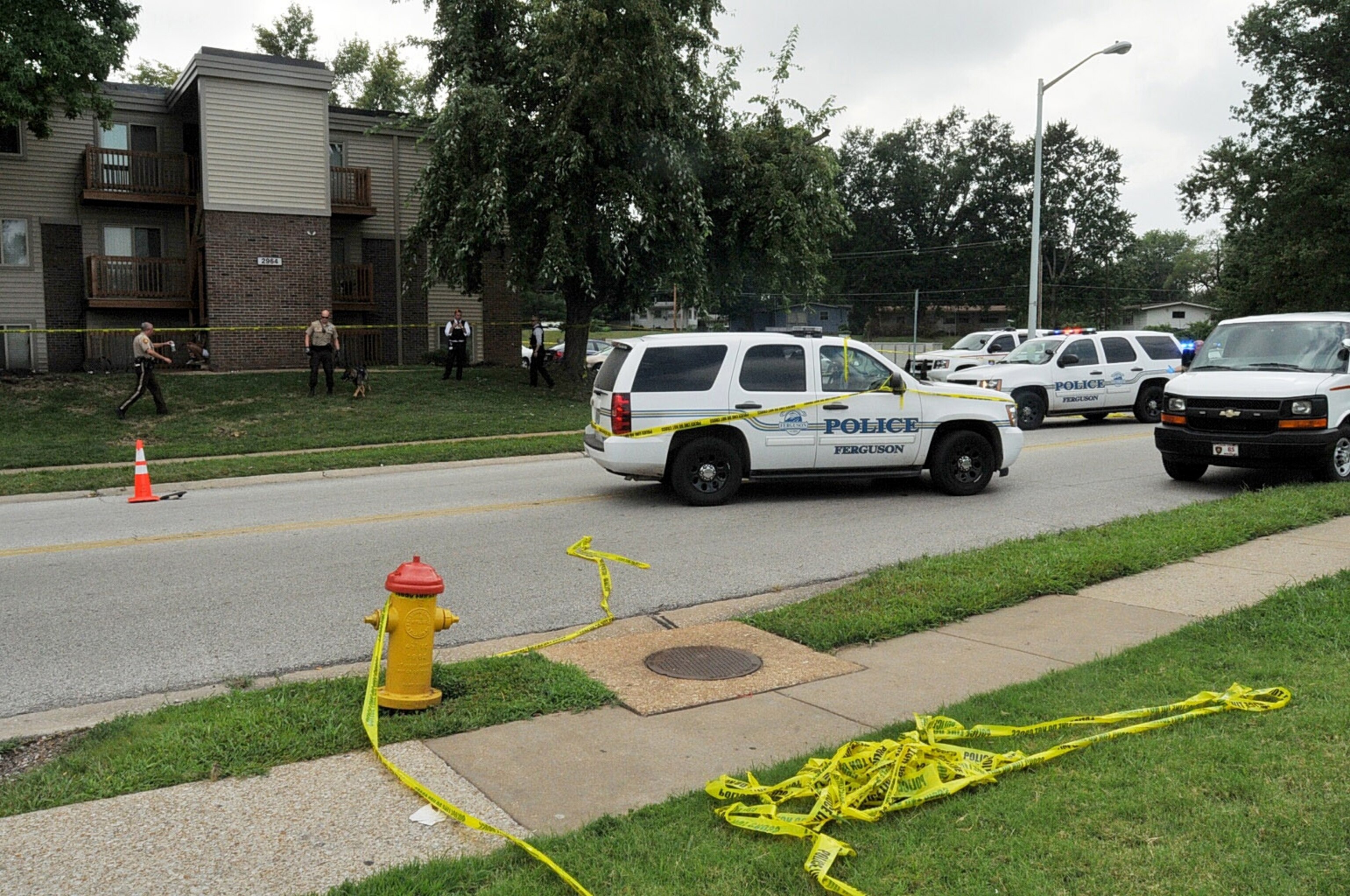Recent high-profile deaths put police body cameras under new scrutiny
A 2023 federal report questions the effectiveness of body cameras.
Following the 2014 fatal shooting of Black teenager Michael Brown by a white police officer in Ferguson, Missouri, an episode that was not captured on video and prompted widespread protests, law enforcement agencies came under intense pressure to boost the use of body-worn cameras to increase police accountability.
However, despite tens of millions of dollars spent since then on body cameras and supporting storage software by law enforcement agencies across the nation, the technology has yet to become the panacea some politicians and activists once predicted, experts told ABC News.
"If you look back at the history of policing, it should have been very easy to identify that that's wildly and unrealistically optimistic," Seth Stoughton, a professor of criminology at the University of South Carolina School of Law and one of the nation's top experts on police body cameras, told ABC News.
"The history of policing is really marked by technological interventions that are offered as a way of solving deep-seated, long-running sociological problems," Stoughton said. "They fail to solve those problems because, to put it very simply, deep-seated societal problems are not susceptible to easy technological solutions."

Stoughton was a key prosecution expert witness in two recent high-profile trials of police officers that hinged on body-camera evidence: Former Minneapolis police officer Derek Chauvin, who was convicted for the murder of George Floyd, and former Brooklyn Center, Minnesota, police officer Kim Potter, who was convicted of manslaughter in death of Daunte Wright.
Stoughton said the primary goals of law enforcement agencies acquiring body-cameras have been to curb abusive behavior of officers; bolster transparency and build public trust; and improve the quality of evidence.
But a report released in January by the National Institute of Justice, the research arm of the U.S. Department of Justice, concluded that while 80% of the agencies acquired body-worn cameras with those goals in mind, "research does not necessarily support the effectiveness of body worn cameras in achieving those desired outcomes."
The federal researchers analyzed 70 studies on police body-worn cameras and found "no consistent or statistically significant effects" between agencies that require them and those that do not, including fatal encounters with civilians.
New scrutiny of body cameras
Two recent police-involved civilian deaths are casting new scrutiny on the effectiveness of the technology: The Jan. 7 death of Tyre Nichols, who was allegedly beaten to death by Memphis police officers following a traffic stop, and the Jan. 18 fatal shooting by law enforcement officers of Manuel Esteban Paez Teran in Atlanta.

The 29-year-old Nichols was handcuffed and brutally beaten even though some of the officers involved in the incident had their body-cameras activated at the time and a stationary police security camera captured the alleged brutality, resulting in seven officers being fired, including five who were charged with murder.
In the Teran incident, officers from several agencies were conducting a "clearing operation" of a camp protesters established at the wooded construction site of an 85-acre police training facility dubbed "Cop City." During the operation, officers claimed the 26-year-old Teran refused to comply with verbal commands, drew a gun and shot a state trooper in the abdomen, prompting other officers to return fire, killing Teran, according to the Georgia Bureau of Investigation.
None of the officers involved in Teran's shooting were wearing body cameras, although some backup officers had their body camera's rolling, but only captured the aftermath of the shooting, officials said. The officers who shot the 26-year-old environmental activist, claim he fired the first shot. Teran's family said an independent autopsy found he was shot 13 times and the bullets that hit him came from several different firearms. The case remains under investigation and none of the officers involved have been disciplined or charged.

Stoughton said both cases illustrate the problems with body cameras. In the Nichols incident, body cameras failed to curb the alleged behavior of the officers involved in his death. He said the Teran episode, undermines the public trust because none of the officers involved in the shooting had body cameras despite them being used by colleagues serving as support.
"That can certainly undermine public trust because it can leave community members thinking, 'What is it police agency that you want to hide by not having body cameras?” Stoughton said.
Different rules for different agencies
Seven states -- Colorado, Connecticut, Illinois, Maryland, New Jersey, New Mexico and South Carolina -- mandate the statewide use of body-worn cameras by law enforcement officers.
Despite the DOJ awarding millions of dollars in grants annually to law enforcement agencies to purchase body-cameras, there are no blanket federal policies governing their use other than those pertaining to federal law enforcement officers.
"And there won't be because local jurisdictions push back against national standards for police professions from recruitment to training," Maria "Maki" Haberfeld, chair of the department of Law, Police Science and Criminal Justice Administration at John Jay College of Criminal Justice, told ABC News. "We have the most decentralized police system in the world, nobody comes even close to what we have. And this gives opportunities to police departments to do whatever they feel like doing."
The result is that rules regarding the public release of body-camera videos, how long they are stored, when they must be turned on or kept off vary from agency to agency.
In a historic decision in 2018, the Los Angeles Police Commission voted unanimously to direct the Los Angeles Police Department to release relevant video of officer-involved shootings from body-worn, patrol car, bystander and other cameras within 45 days of the "critical incident." The decision made the LAPD the nation's first large police department to have a policy for the timely release of videos.
In 2019, the New York Police Department, the nation's largest law enforcement agency, released its first policy on the public release of body camera footage of critical incidents, requiring them to be made public within 30 days of the episode.
"This whole idea of body worn cameras was really not properly empirically vetted," Haberfeld said. "Somebody said, 'Oh, it's great. We'll put the cameras on them and immediately change their behavior.'"
She suggested more money should be spent on recruiting higher quality police officer candidates than on body cameras. She said many police agencies have lowered the standards for recruits because there are fewer people going into the profession.
"You can give the best training to the worst people and you're not going to have the desired results. So, we really have to start looking at elevating the standards rather than downgrading the standards," Haberfeld said.
But Betsy Brantner Smith, a retired police sergeant and spokesperson for the nonprofit National Police Association, told ABC News that police officers, in general, "appreciate" having body-worn cameras.
In the aftermath Michael Brown's death in Missouri and the subsequent decision by the local prosecutor to clear the officer involved in the shooting, activists pushed for body cameras believing they would boost police accountability and transparency, Brantner Smith said.

"Quite frankly, they thought law enforcement wasn't going to want them," Brantner Smith said. "Now that we've had them for years, what we're really seeing is body-worn cameras save the reputations of police officers and do provide a level of transparency."
The future of body-cameras
Stoughton said some small police departments with 50 officers or fewer have scrapped their body-camera programs in recent years because data storage costs were too expensive.
"This is the sort of the hidden reality of the body worn camera system," Stoughton said. "The cameras themselves are not very expensive. What's expensive is the storage. We're talking about gigabytes and gigabytes and gigabytes, hundreds or thousands of hours of video, tens of thousands of hours of video for a large agency. And all of that data has to be backed up somewhere either on an in-house server, or, more likely, on a cloud-based system."
Most police departments, large and small, are continuing to spend large portions of their budgets on equipping officers with body cameras. The two top police body camera manufacturers, Axon and Motorola Solutions, which both make other devices like stun guns and two-way radios, reported spikes in revenue in 2022, with Axon reporting an increase of $286 million, or a 31% jump from the previous year, and Motorola Solutions reporting overall sales of $2.4 billion, up 13% from the previous year.
"This is not just an existing technology, this is a technology that is continuing to evolve, and I don't know, and I don't think anyone could tell you with any clarity, what this is going to look like in 10 years," Stoughton said.
He said body-cameras are now being created with the capacity to allow real-time facial recognition, live streaming, read license plates, detect when an officer is using profanity and can send out an alert if it senses an officer is incapacitated.
"I would emphasize that what we have seen in the past seven or eight years is certainly not the end of the evolution of this technology," Stoughton said. "And we need to make sure that we're thinking about the policy environment and the regulatory environment, not just for what currently exists, but for what is coming down the pike."




